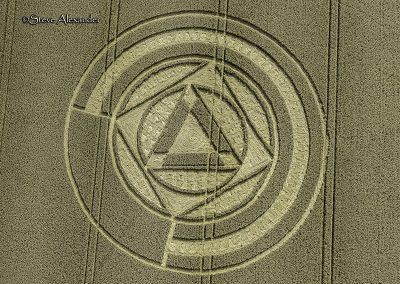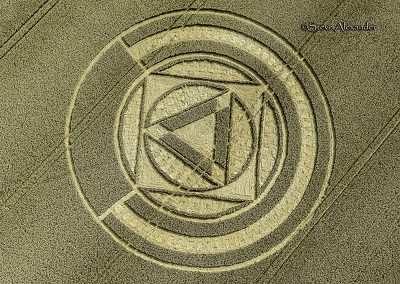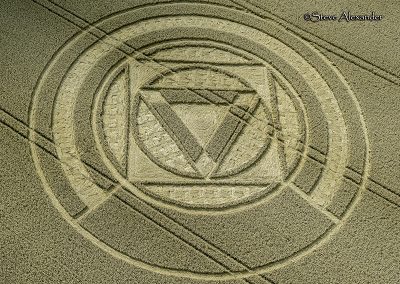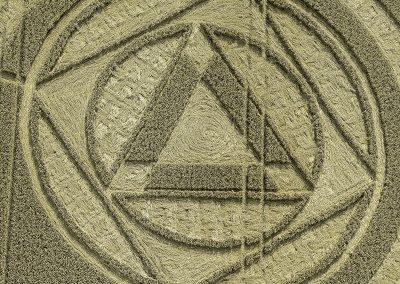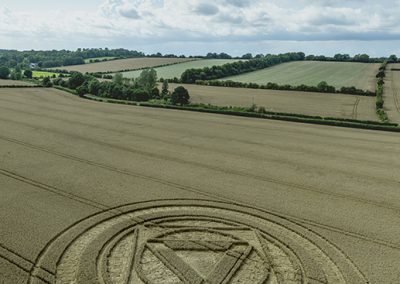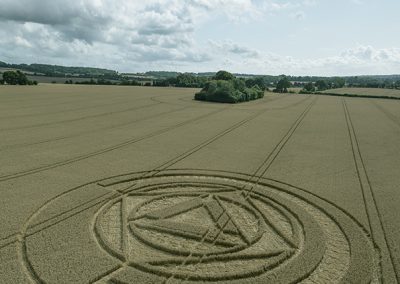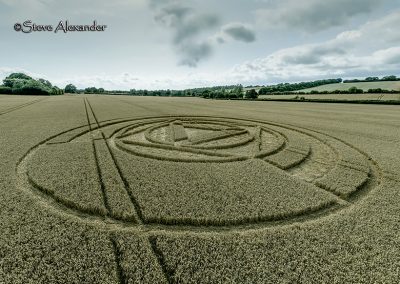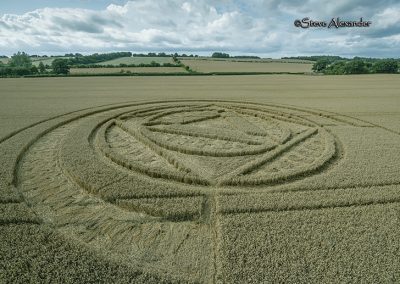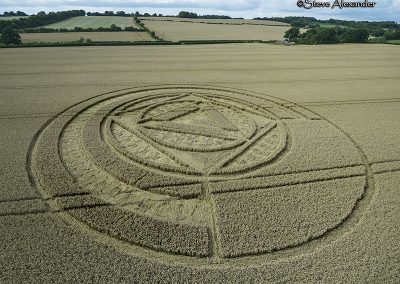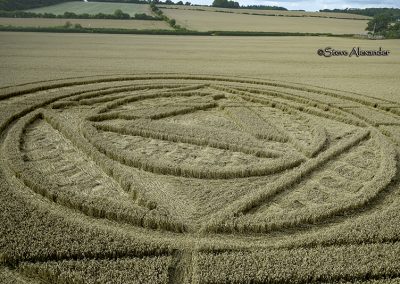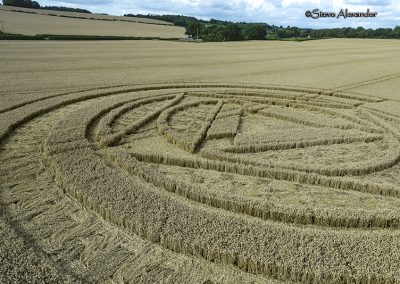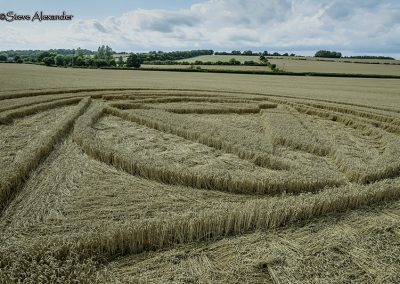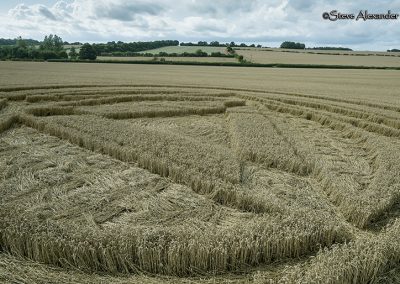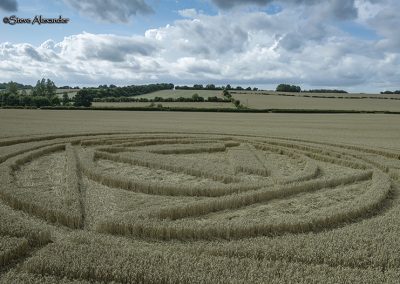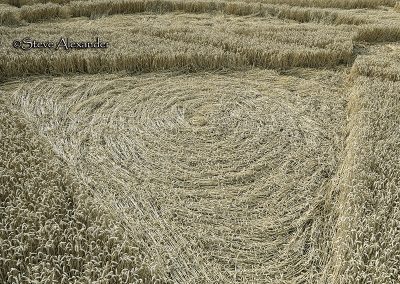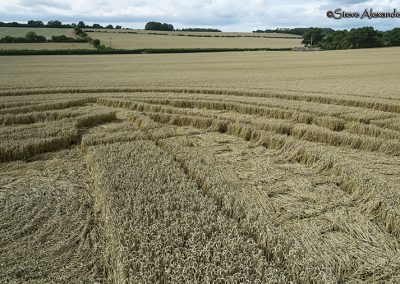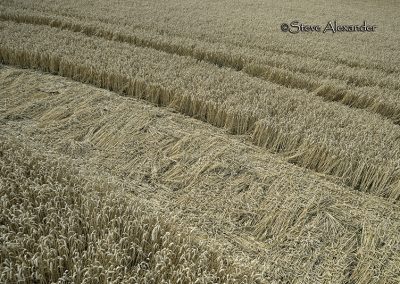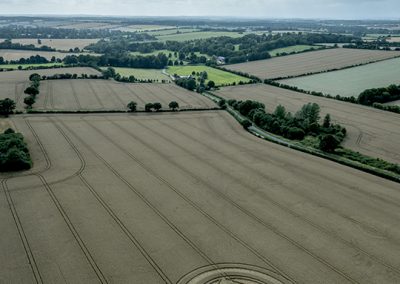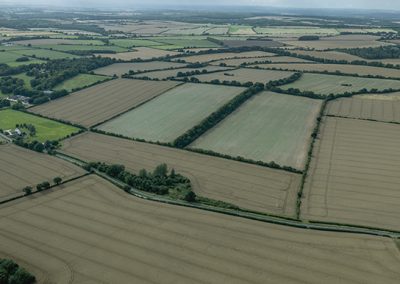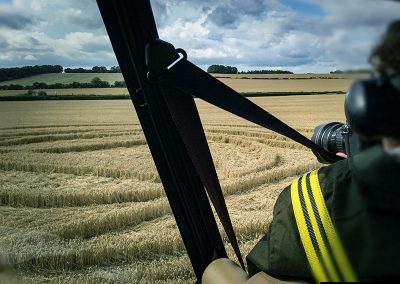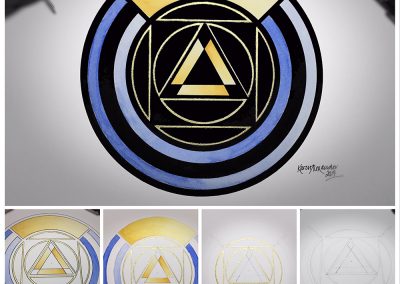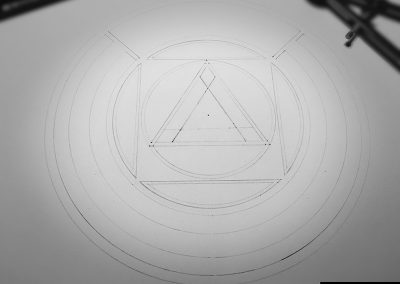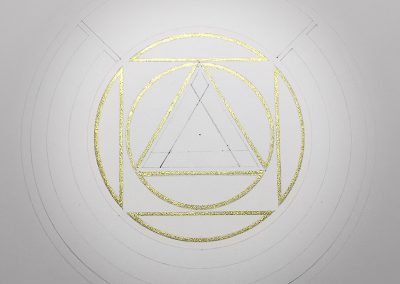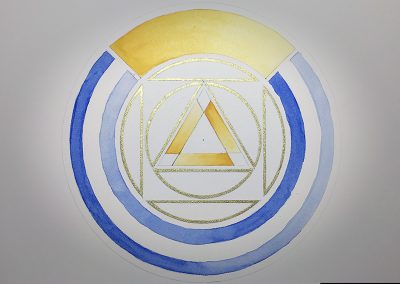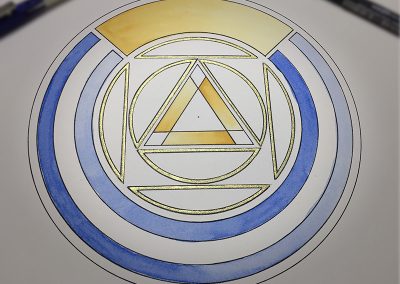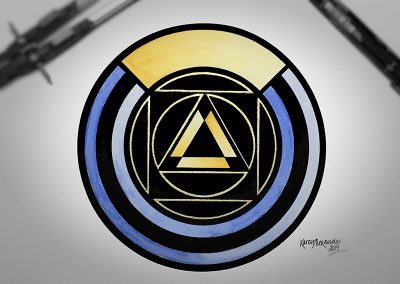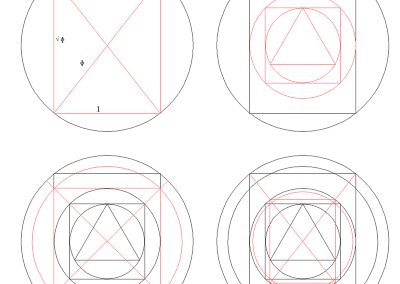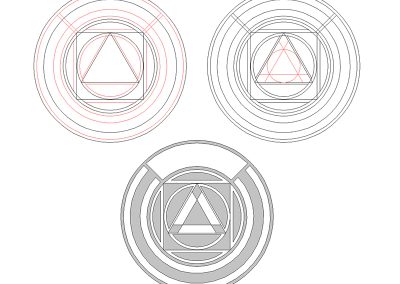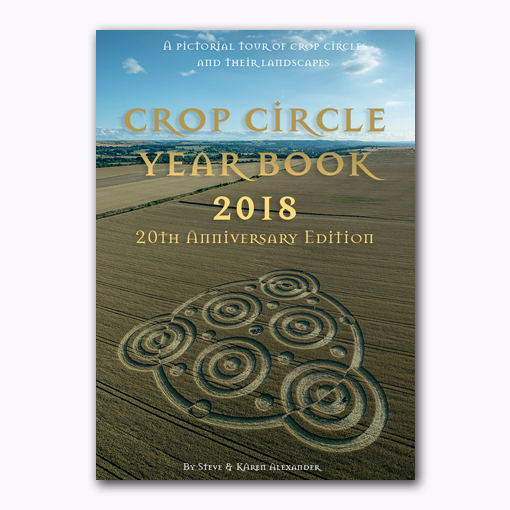Preston Candover, Hampshire.
(just of the B3046 between Chilton Candover & Preston Candover)
Detail & Location: This circle was reported on the 11th of August and was in a field of golden wheat. It measures approximately 200ft in diameter. The circle is just off the B3046 between Chilton Candover & Preston Candover.
Visiting: This crop circle has now been harvested.
Flight: This was a tricky flight there were heavy thunderstorms in the area and strong winds.
History & Connections: There is a long barrow at Preston Candover – quite close to the crop circle site – you can see it’s remnants on Google Earth – it has been mostly destroyed for agriculture. Looking on an OS Explorer Map you will also see a few tumuli in the area too.
About the long barrow from the Historical England website:
The monument includes a long barrow, surviving as a low earthwork, situated just below the crest of a west-facing slope. The mound, now under cultivation, has been partly damaged by former quarrying and is adjacent to a deep hollow. The barrow mound is orientated NE-SW, rectangular in plan with maximum dimensions of 74m long by 30m wide. Spreads of chalk rubble in the plough soil indicate the original ends of the mound as well as the limit of the SE side. The mound survives to a maximum height of 0.6m. Flanking quarry ditches run parallel to the mound on its SE and NW sides and survive to a width of 7.5m. An account of the barrow in 1893 states that it had been levelled nearly to the ground before the end of the 19th century and refers to the discovery of “an abundance of bones” and “many weapons described by inhabitants of the village”. Partial excavation of the mound towards the end of the 19th century produced a portion of horn, probably of red deer. A spearhead recovered from the mound has been identified as Saxon. This indicates the likely presence of early Medieval burials in or around the mound.
Design & Symbolism: The design of this circle is quite unusual. In the centre we have a triangle (3), within a circle (1), within a square (4) sitting within another circle (1). If these shapes are taken as numbers we get 3141 which are the first four numbers of pi (3.141)59265359).
Addendum: It seems my initial observations about about a reference to Pi in this crop circle have been picked up by the researcher Michael Glickman. He offers some further ideas on this link in a recent blog which you can read here.
The interior of this circle looks incredibly beautiful with swirls and sections of woven crop. The fine-line standing squares and circles are also particularly well done.
One curiosity is that part of the outer ring appears incomplete or unfinished. It looks as if this was quite deliberate as it is exactly 90° (one quarter/fourth) that remains standing. Given that there is a square in this design and a triangle there are elements of 3 and 4 at play here. The incomplete ring can also be view as being 3/4 (three quarters) complete – another reference to three and four.
This will be interesting circle to draw, so check back on our Geometry Gallery below for a full write-up and drawings very soon.
Visiting the Circles? If you are thinking of visiting any crop circles this summer, please read our Visiting the Crop Circles section. It’s full of useful information and etiquette for visiting the countryside and the crop circles. Please remember that you should not enter any fields without the express permission of the farmer.
Click here for Copyright Information about the reproduction of images on this website.
Please Help to keep us Flying in 2019: If you have enjoyed looking at our pictures and information please consider making a small donation to keep us flying. There are so few of us left regularly recording the circles it’s really important that we continue. And while some now use drones to record the circles, it is important that there are still images taken from aircraft where the best quality camera equipment can be used and images that include the broad vista of the landscape can be taken. This kind of photography is expensive and it gets harder with each passing year to raise the funds we need to continue our work, but if everyone who regularly looked at this website made a small donation we would meet the funds we need. You can make a donation here.
NOTE: Some of the images below are beautiful landscape scenes. Click on each image to enlarge them and see the whole picture.
Image Licencing
We can supply high resolution images of many of our photographs and the sky is the limit as to what they can be used for! Choose from our extensive library or contact us to commission aerial photography for your project.
Geometry Gallery
Square, Circle, Triangle
Masonic Aprons, Divining Angels and the Philosophers Stone
Philosophy is written in this grand book – I mean the Universe – which stands continually open to our gaze, but it cannot be understood unless one first learns to interpret the characters. It is the language of mathematics and its characters are triangles, circles, and other geometrical figures, without which, it is humanly impossible to understand a single word of it; without these, one is wandering around in a dark labyrinth. Galileo Galilei
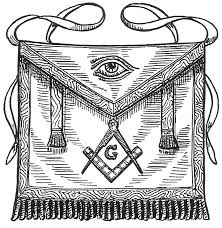 As soon as I saw this formation as was intrigued by it. My immediate response was that it reminded me of a Masonic Apron; a triangle (the compass), the circle (the Grand Architect), and then the cornerstone (the square) of the apron – the ties of the apron connect it to the perimeter of the crop circle design. It also reminded me of the Tarot card Temperance, in which the Angel on the card wears a triangle in a square on his breast and a circle on his forehead, as he moves the divine essence from one vessel to another. A circle within a square, within a triangle was often used by the Alchemists as a symbol for the venerated Philosophers Stone, and this trinity of shapes was the focus of concerted contemplation for many renaissance artists and philosophers.
As soon as I saw this formation as was intrigued by it. My immediate response was that it reminded me of a Masonic Apron; a triangle (the compass), the circle (the Grand Architect), and then the cornerstone (the square) of the apron – the ties of the apron connect it to the perimeter of the crop circle design. It also reminded me of the Tarot card Temperance, in which the Angel on the card wears a triangle in a square on his breast and a circle on his forehead, as he moves the divine essence from one vessel to another. A circle within a square, within a triangle was often used by the Alchemists as a symbol for the venerated Philosophers Stone, and this trinity of shapes was the focus of concerted contemplation for many renaissance artists and philosophers.
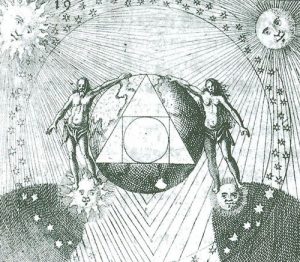 Thinking more widely, the shapes Square, Circle & Triangle are hugely prevalent throughout human society and culture, there is something archetypal and fundamental about not only about their shape, but also their grouping together as a threesome. They seem to be trying to tell us something about the three-fold nature of the universe (Macrocosm) and the self (Microcosm). While each of these shapes are incredibly powerful in their own right, they become even more so when grouped together, like the three notes in the musical chord, the Square, Circle & Triangle are concordant, resonant and combine to create something larger than the sum of their parts.
Thinking more widely, the shapes Square, Circle & Triangle are hugely prevalent throughout human society and culture, there is something archetypal and fundamental about not only about their shape, but also their grouping together as a threesome. They seem to be trying to tell us something about the three-fold nature of the universe (Macrocosm) and the self (Microcosm). While each of these shapes are incredibly powerful in their own right, they become even more so when grouped together, like the three notes in the musical chord, the Square, Circle & Triangle are concordant, resonant and combine to create something larger than the sum of their parts.
The Square is the ‘Cornerstone’ of creation, it is connected with matter, mother substance, and the Temple: Corporeality, tangibility, mass, weight and concreteness.
The circle is the symbol par excellence of the Divine. As the philosopher Voltaire once said:
“God is a circle whose centre is everywhere and circumference nowhere.”
The discs of the Sun and Moon in the sky similarly have been considered deities almost since the inception of religion thought. The circle encompasses all and leaves out nothing. It is considered spiritual, beatific and heavenly. The circle as the shape of the heavens, or sky, has been with us since ancient times. In Zen philosophy, the empty space created by the circle symbolises pure Presence, a state of grace in which the self (or the many I’s) is let go.
The Triangle often represented the stars. Think of the Giza Pyramids, their three triangle sides and the way in which they are the earthy representations of the three stars in the belt of Orion (constellation) on the ground. The triangle is associated with the element of fire, and therefore also the indomitable spirit of man, the spark of the Divine thought to reside in us all.
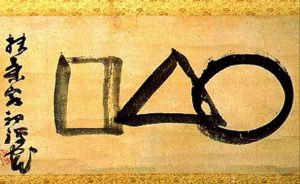 The bringing together of these powerful cosmic avatars; Earth, Heaven and the spark of the Divine Spirit within Man, make this trinity of archetypes an irresistible symbol of Creation and Life within the Cosmos. In Shinto, the Square, Circle & Triangle are a diagram of the Cosmos itself and a Mantra that calls forth cosmic awareness.
The bringing together of these powerful cosmic avatars; Earth, Heaven and the spark of the Divine Spirit within Man, make this trinity of archetypes an irresistible symbol of Creation and Life within the Cosmos. In Shinto, the Square, Circle & Triangle are a diagram of the Cosmos itself and a Mantra that calls forth cosmic awareness.
Man is Symbolised by three elements, on on top of another: pyramid-Square-Circle. Zoroaster
There is an odd standing section in this circle above apex of the triangle, where the two standing rings around the formation are suddenly stopped. This section is exactly 90° (the degrees in a right-angle) and the number of degrees by which the circle is divided into four.
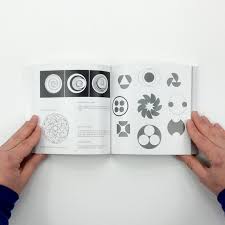
The Book: Circle, Square, Triangle by Bruno Munari – Italian Artist & Designer. How many crop circles can you see?
I don’t yet feel I have quite exhausted this formation and it is a crop circle I will come back to for further contemplation. But as a mandala of Man within the Cosmos, it is not only ingenious and original, but a wonderfully modern riff on some very ancient, sacred ideas. I didn’t get to see this circle on the ground, it lasted just 24 hours (or so) before the field was harvested. But I was very envious of a dear friend Jonathan DeVierville who walked inside this circle by the light of both the Moon and Jupiter, bright in the night sky overhead. He was much moved by the experience; not so much a wander in Galileo’s dark Labyrinth, but more an encounter with the grace of Presence. Magical!
Post Script
Thank you once again to Peter van den Burg for sharing his analyses with me. He found a wonderful Golden Rectangle in this formation – see his diagrams in the gallery below.
Further Update:
The Preston Candover crop circle and Pi
From the main text at the top of this page…
The design of this circle is quite unusual. In the centre we have a triangle (3), within a circle (1), within a square (4) sitting within another circle (1). If these shapes are taken as numbers we get 3141 which are the first four numbers of pi (3.141)59265359).
It seems my initial observations about about a reference to Pi in this crop circle have been picked up by the researcher Michael Glickman. He offers some further ideas on this link in a recent blog which you can read here.
Thanks/Credits:
Text | Hand-drawn Images by Karen Alexander.
With special thanks to Peter van den Burg for his thoughts, perspectives and analysis. You can see more of his great work on his Facebook page Geometry of the crop circles.
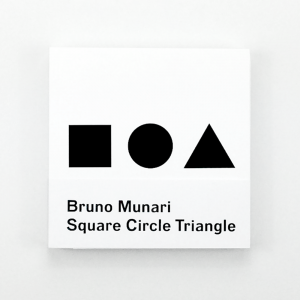 Further Reading: Square, Circle, Triangle by Bruno Munari
Further Reading: Square, Circle, Triangle by Bruno Munari
- Paperback: 280 pages
- Publisher: Princeton Architectural Press
- Language: English
- ISBN-10: 1616894121
- ISBN-13: 978-1616894122


